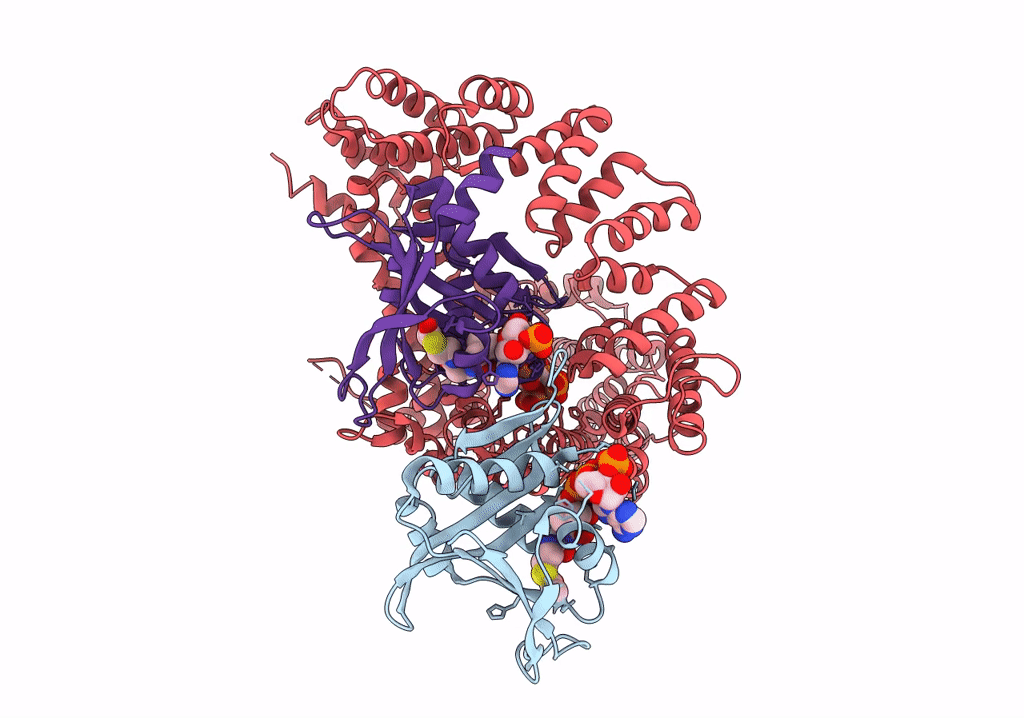
Deposition Date
2019-07-08
Release Date
2020-02-19
Last Version Date
2024-10-30
Method Details:
Experimental Method:
Resolution:
3.02 Å
Aggregation State:
PARTICLE
Reconstruction Method:
SINGLE PARTICLE


